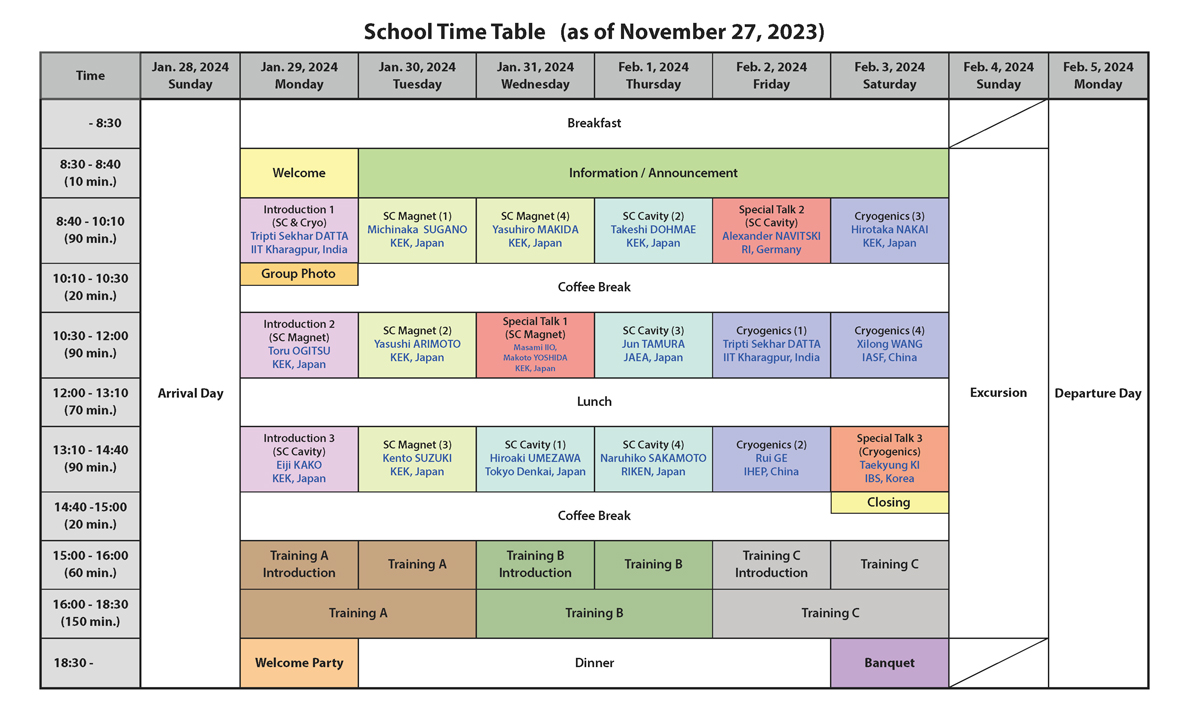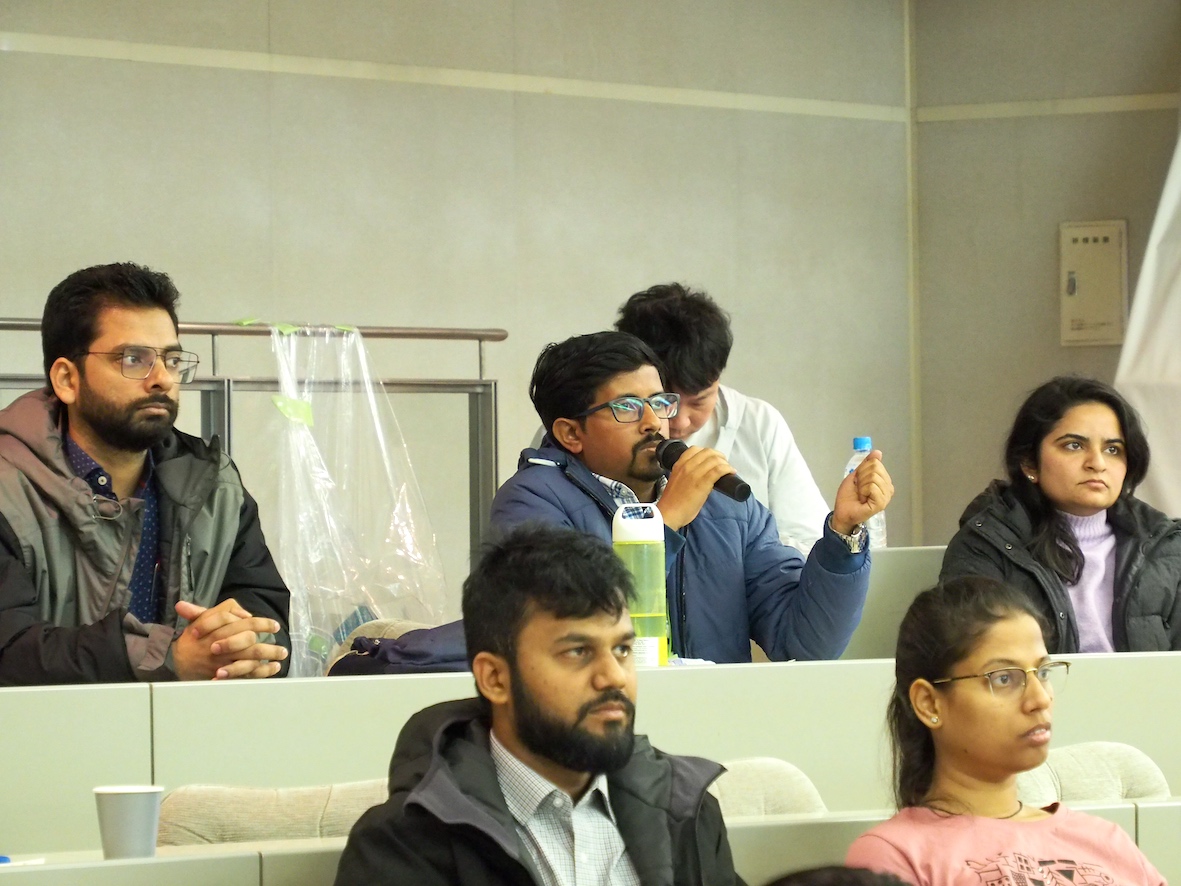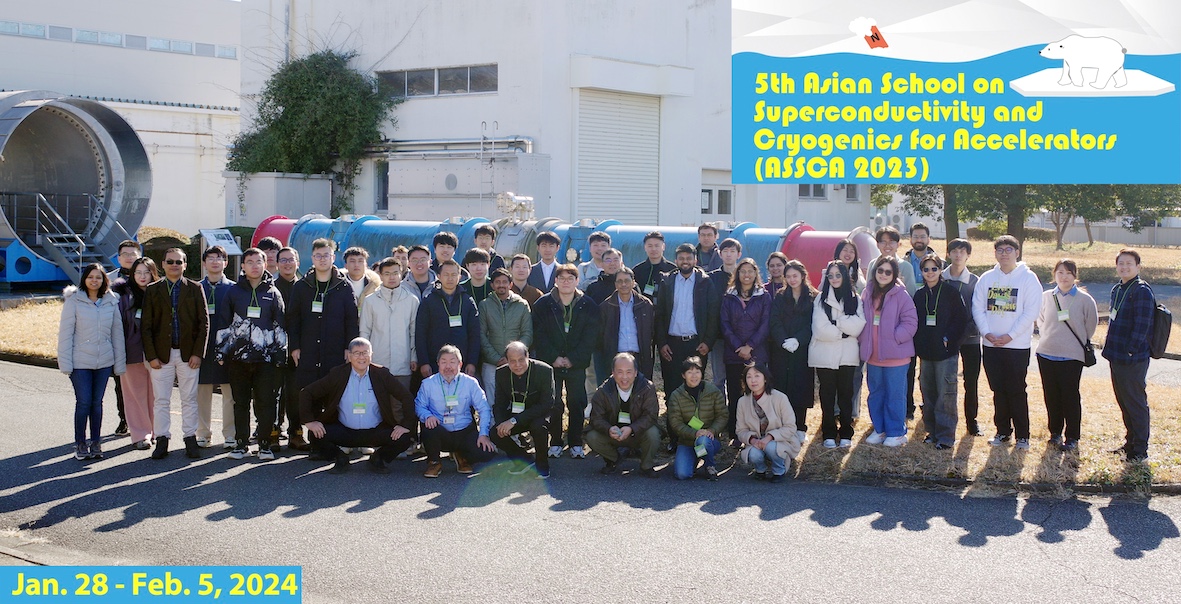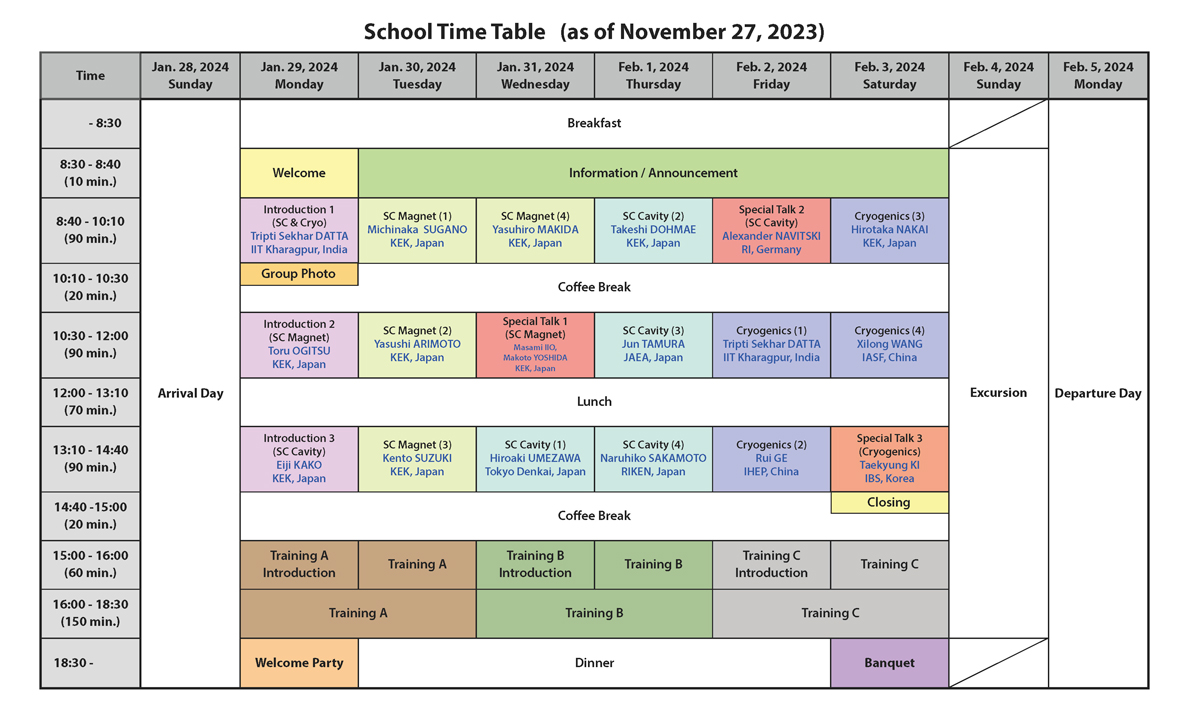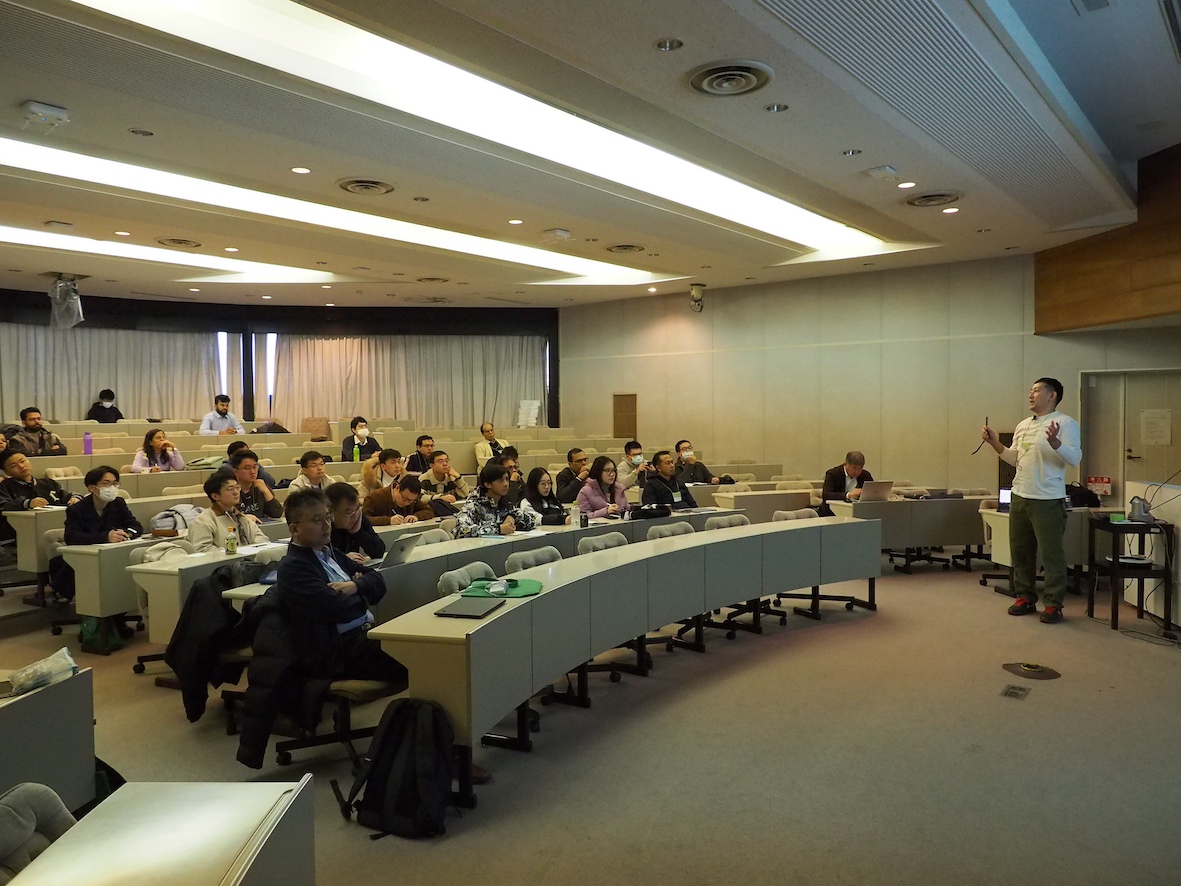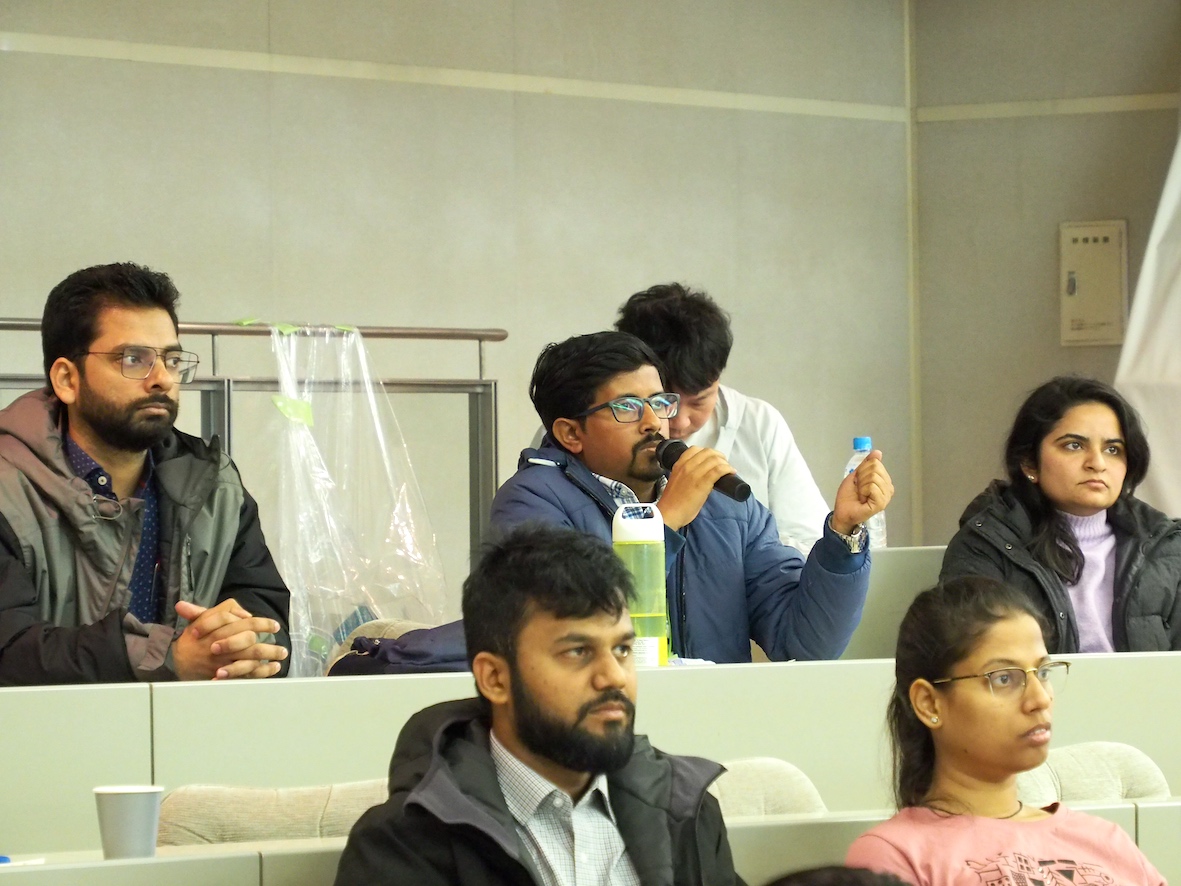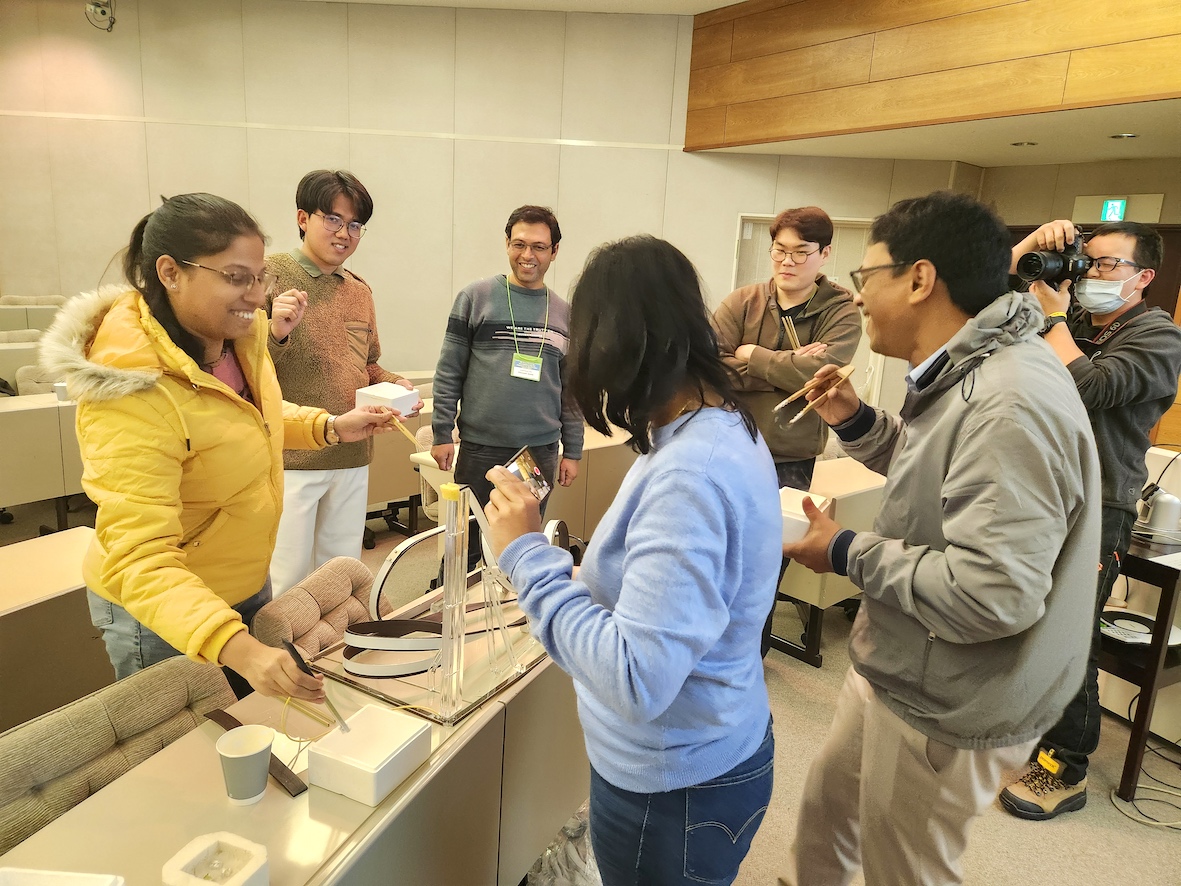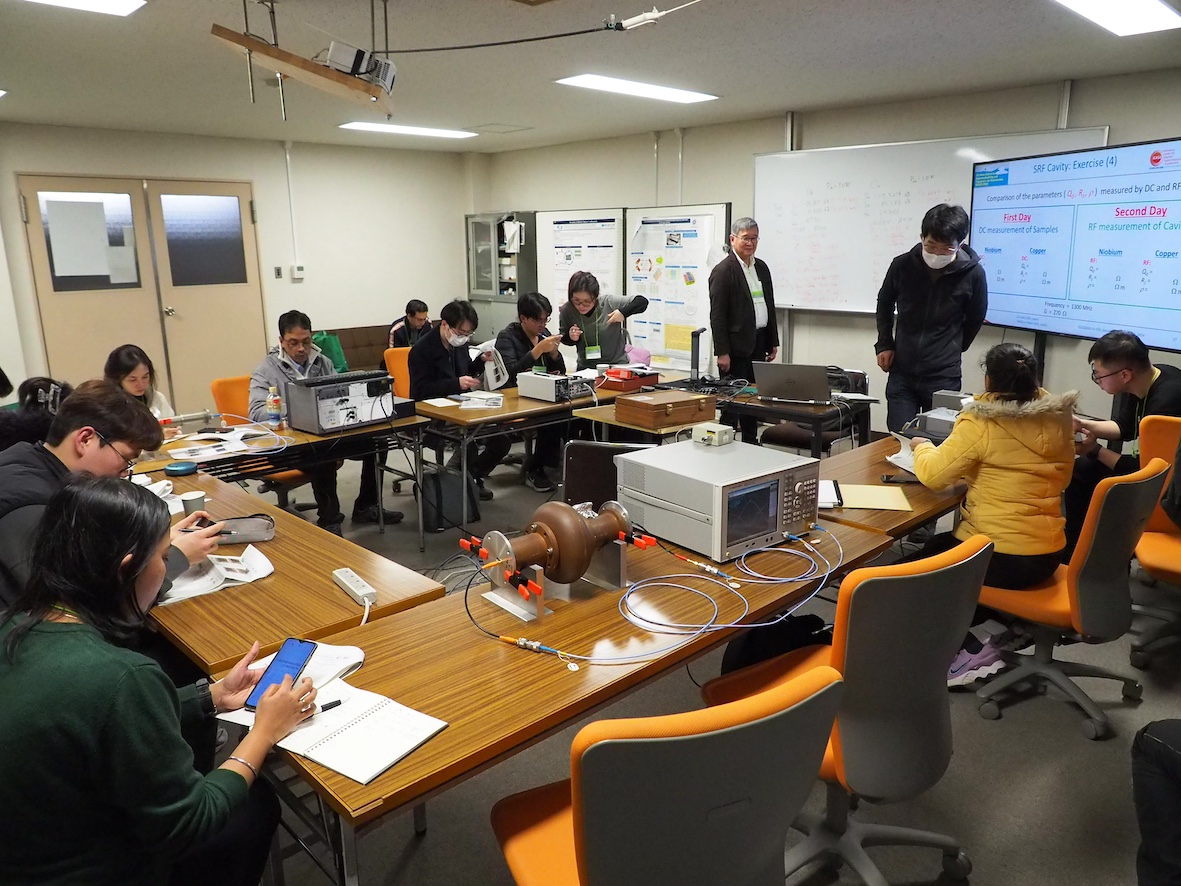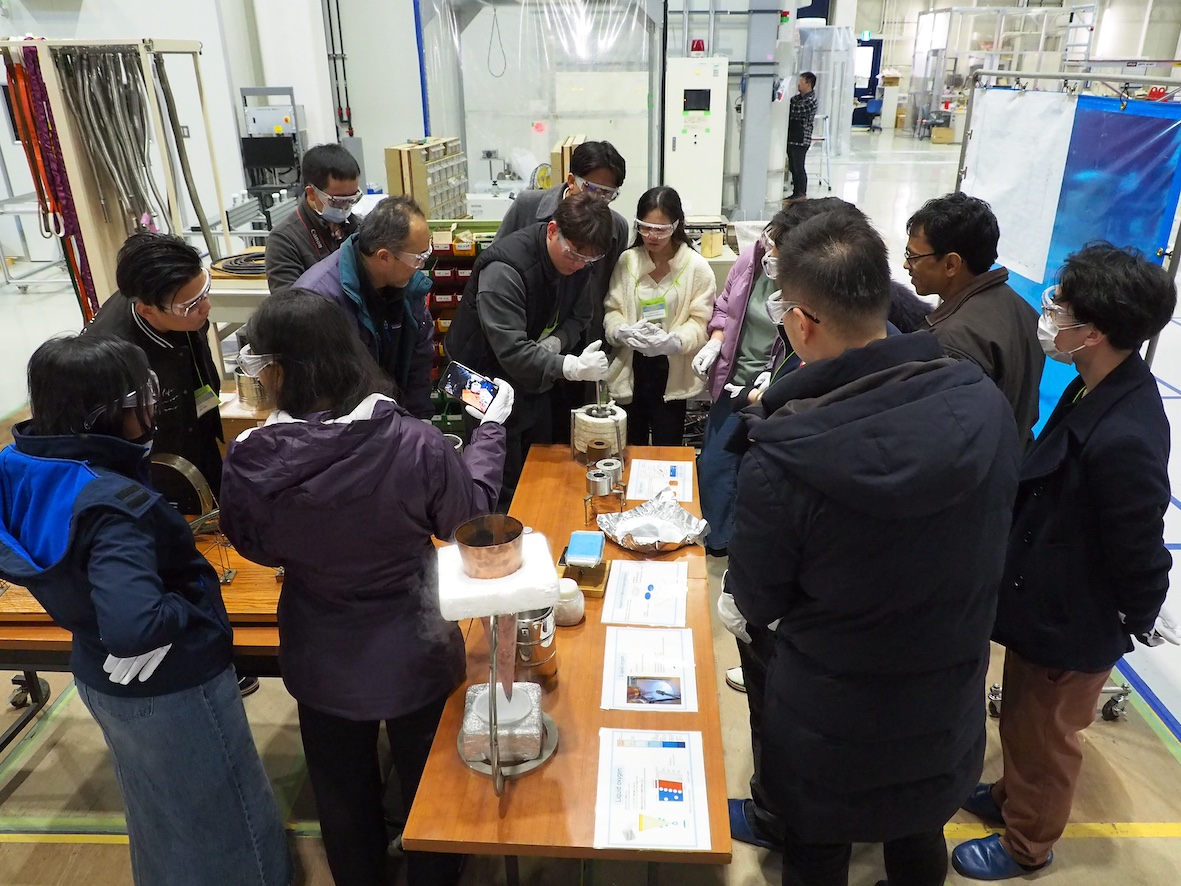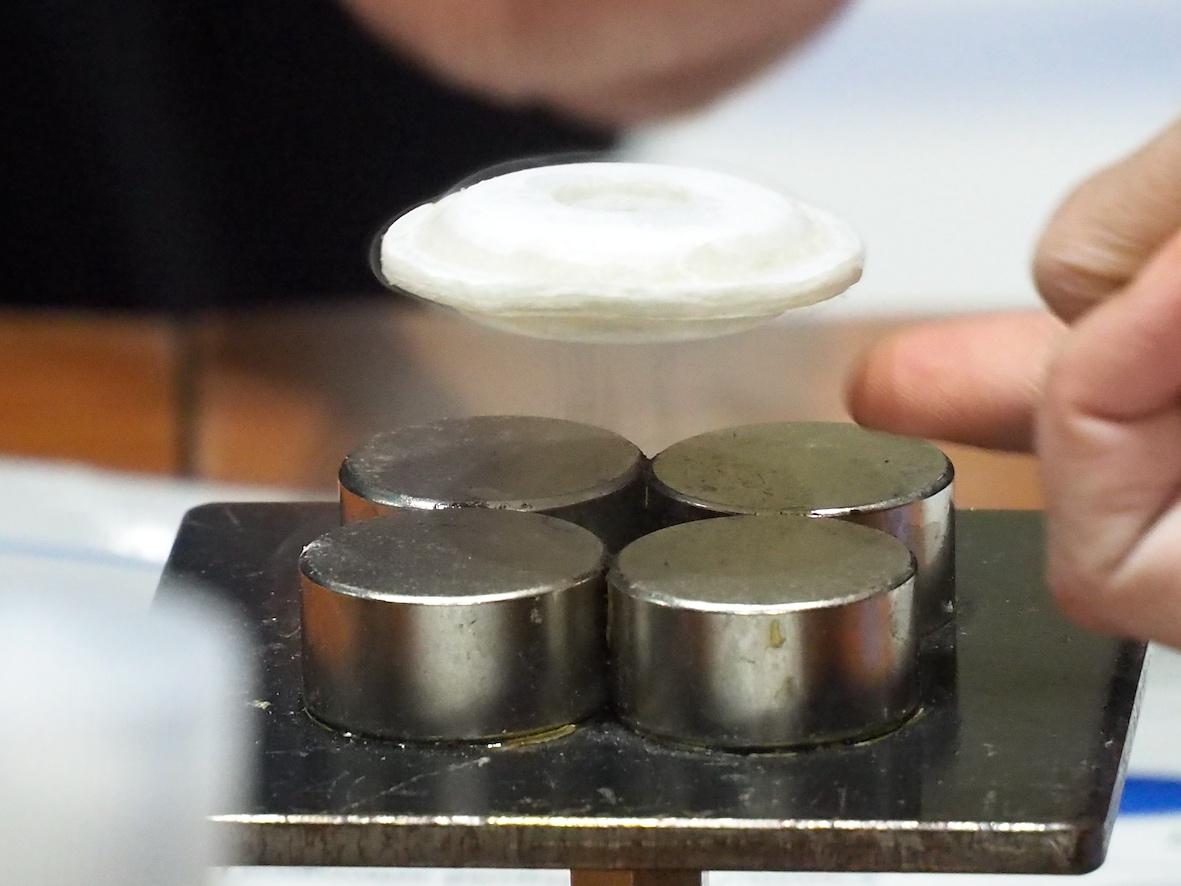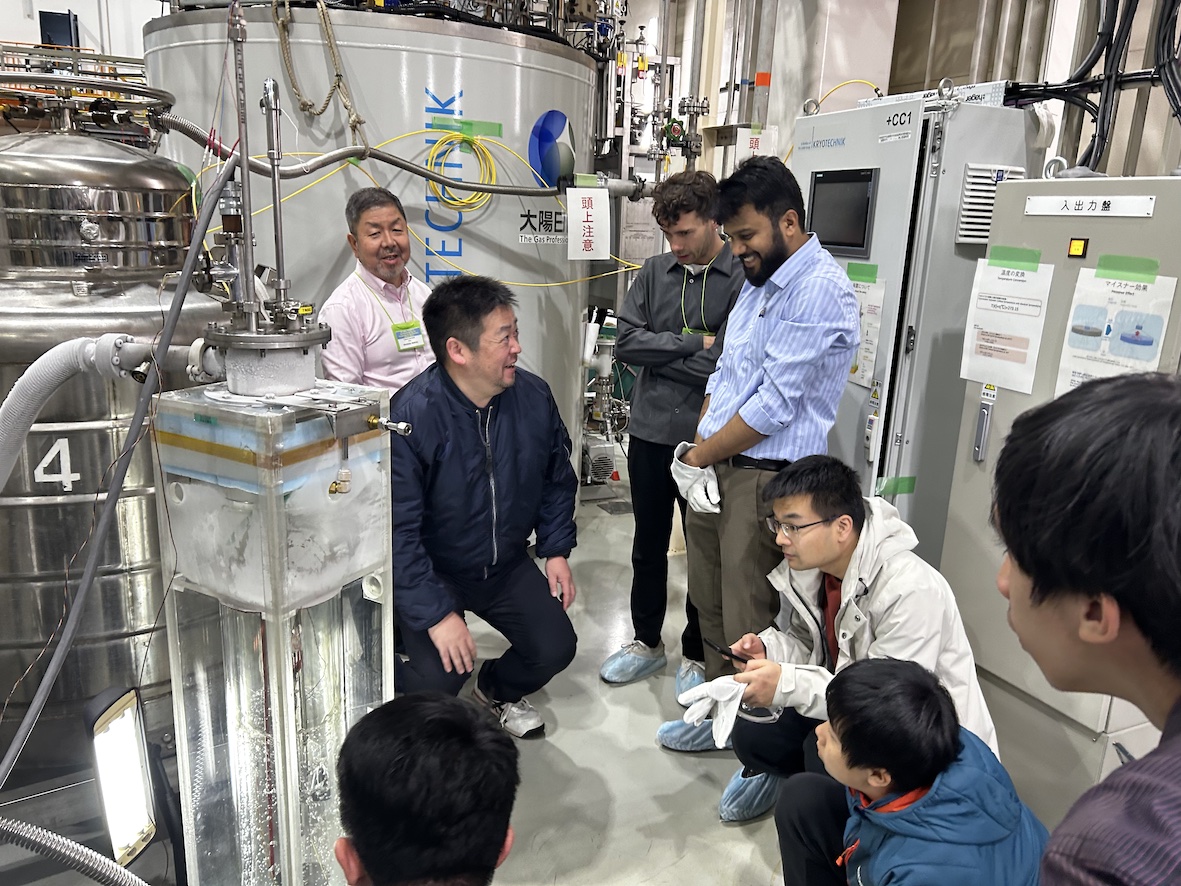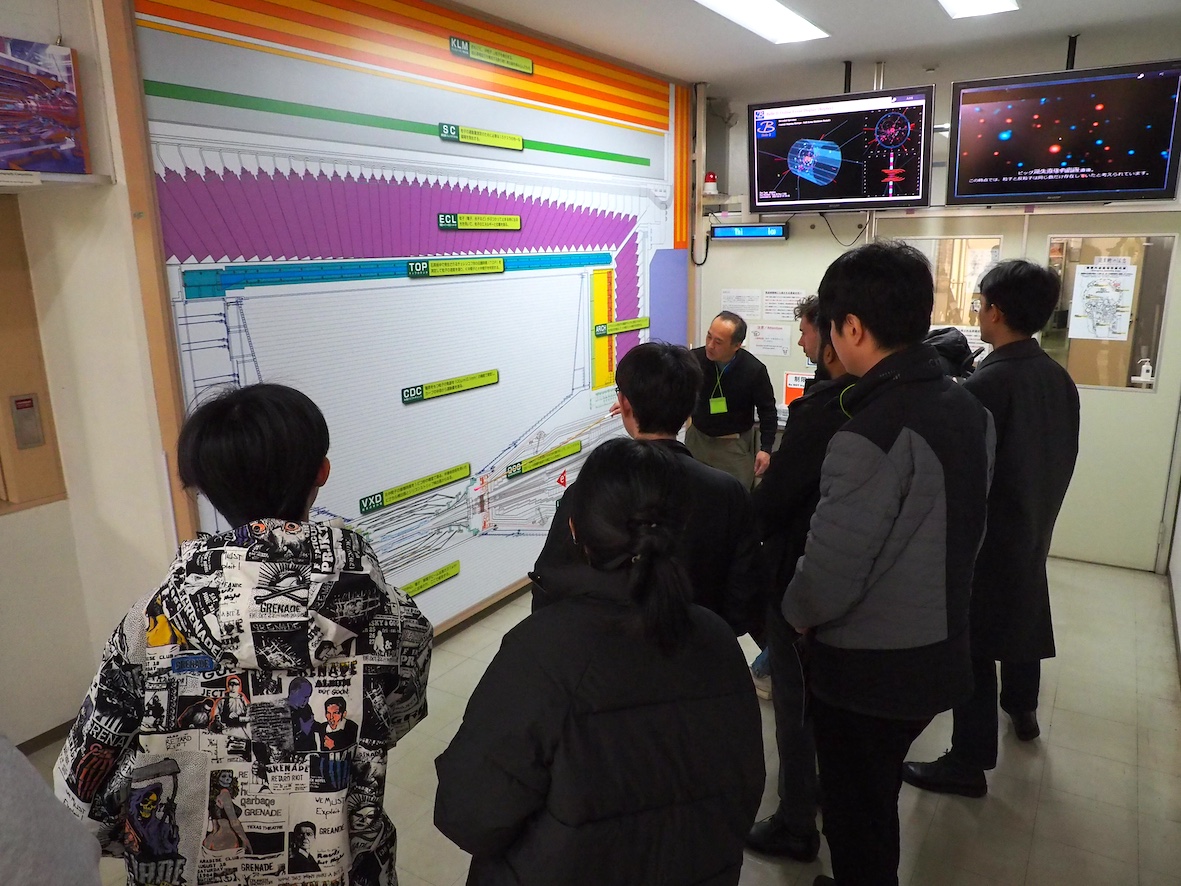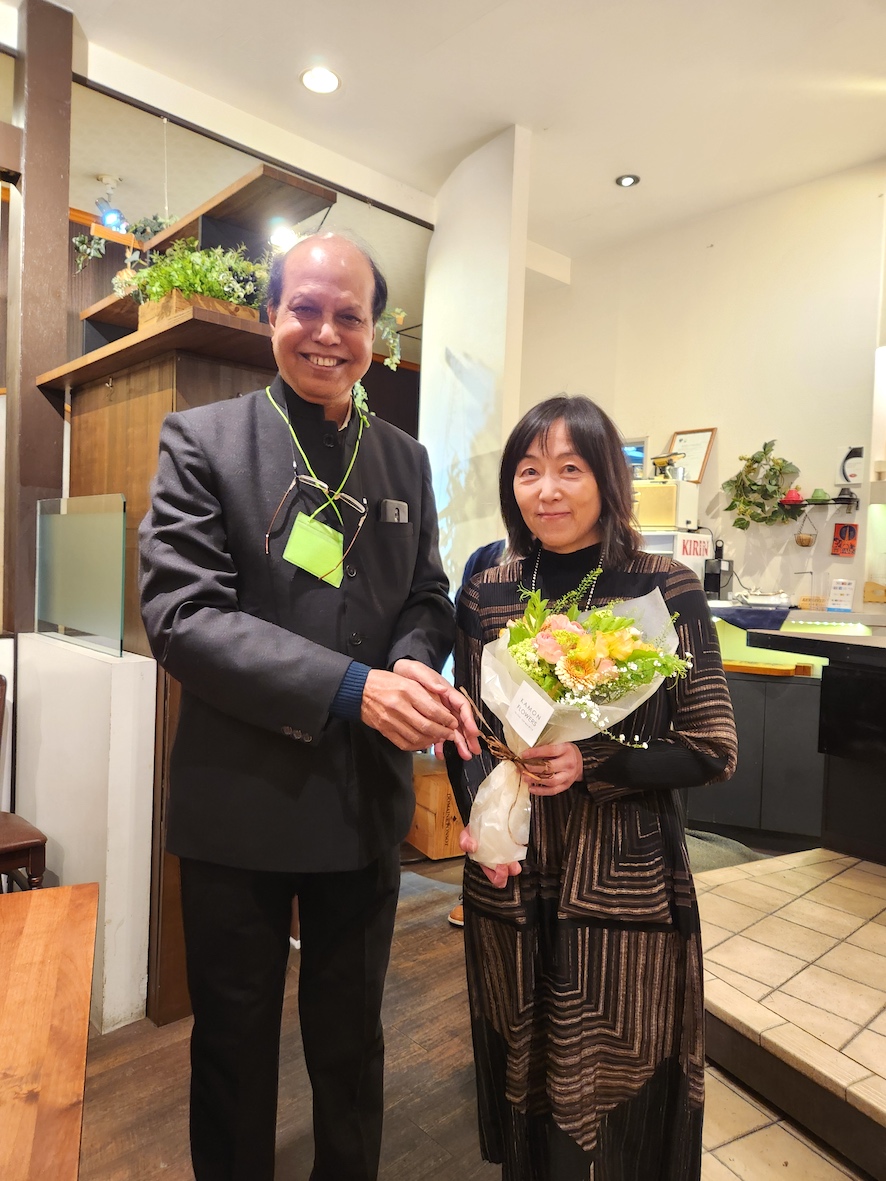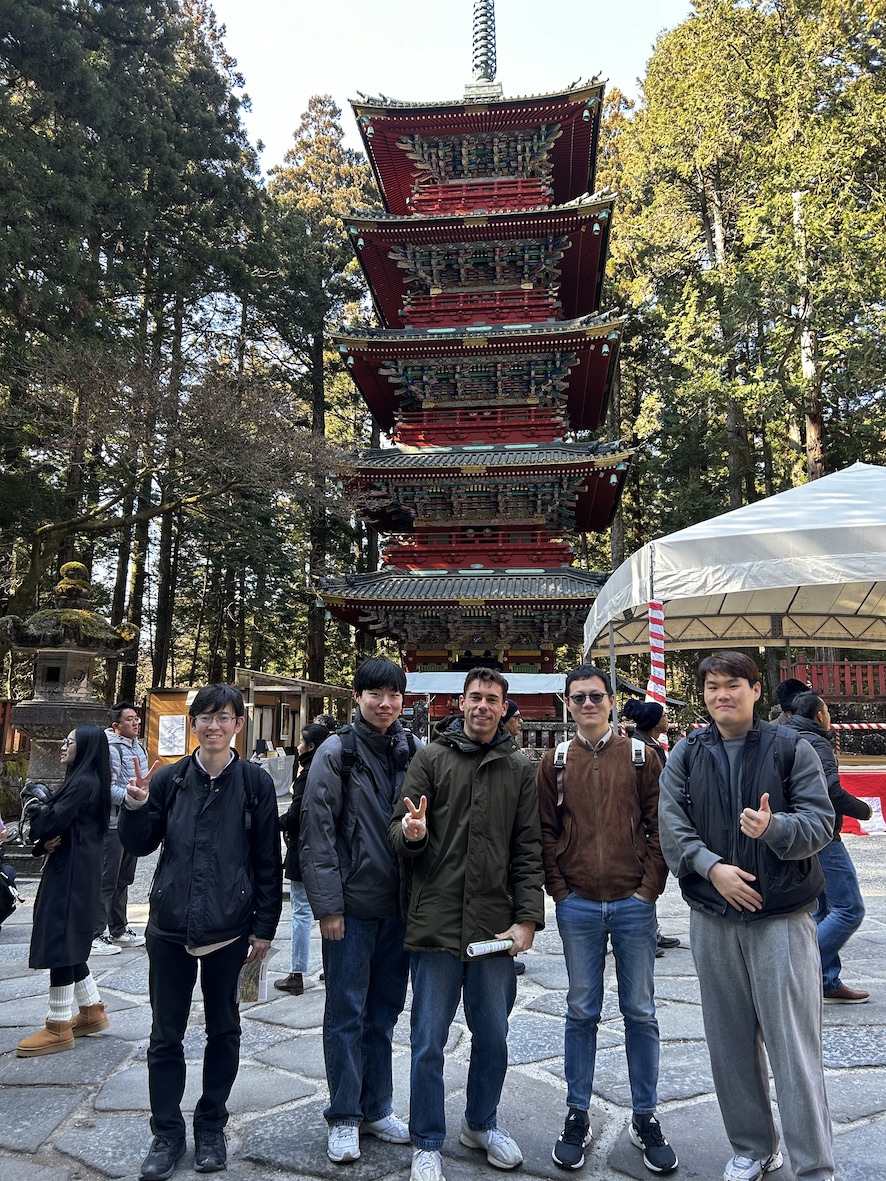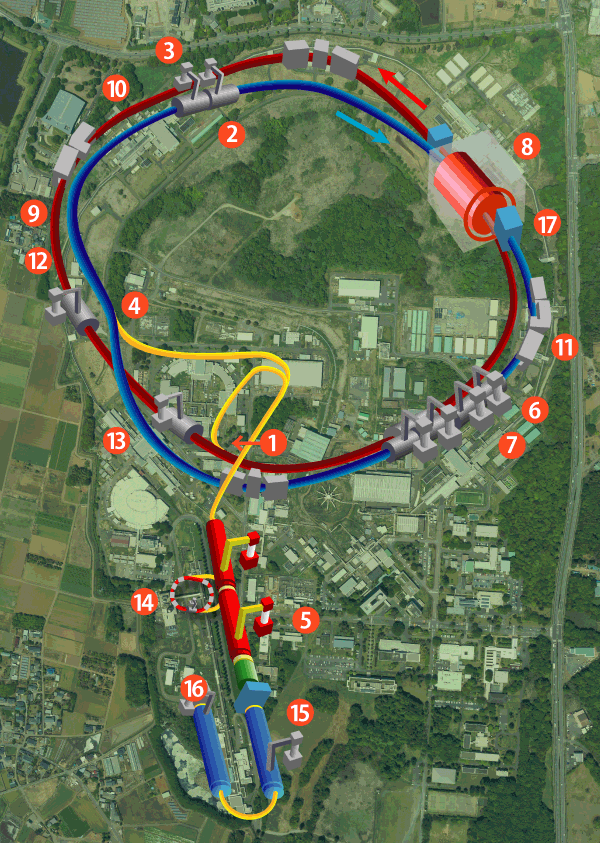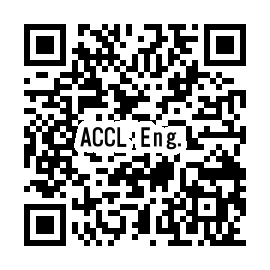5th Asian School on Superconductivity and Cryogenics for Accelerators (ASSCA 2023) was accomplished
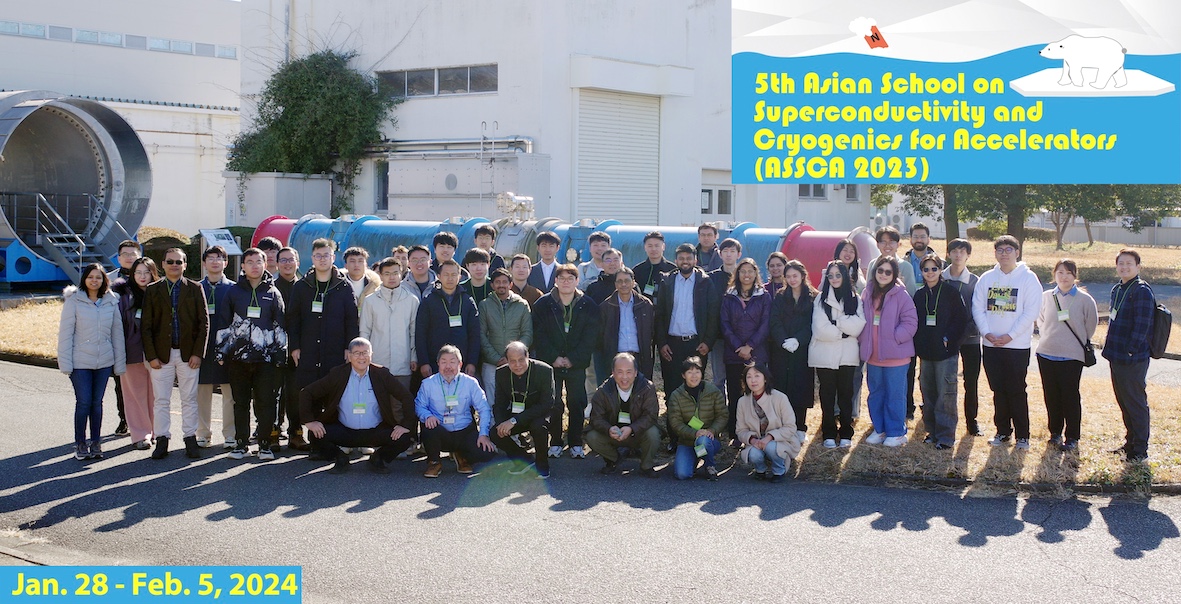
The Fifth Asian School on Superconductivity and Cryogenics for Accelerators (ASSCA 2023) was held from January 28 to February 5, 2024, at Tsukuba Campus, High Energy Accelerator Research Organization (KEK). The Asian Schools on Superconductivity and Cryogenics for Accelerators aim at providing lectures and hands-on trainings on superconductivity and cryogenics for superconducting accelerators to young researchers, engineers, and undergraduate and graduate students, who will be experts in these fields in Asian-Pacific countries. The schools put special emphases not only on the lectures on superconductivity and cryogenics to design, construct and operate superconducting accelerators, but also on the hands-on trainings in a small group on accelerator-related superconducting devices and cryogenics. Attendees understood superconductivity and cryogenics much better with the combination of knowledge from lectures and experience from hands-on trainings during the school.
The second school was held at KEK in 2017, and the third was at Institute of High Energy Physics (IHEP), Chinese Academy of Science, China in 2018. Though the fourth was scheduled to be held at Korea University, Korea in February 2020, it was postponed until February 2023, because of the spread of the novel coronavirus (COVID-19).
There were 40 attendees to this school (8 from Japanese affiliations and 32 from foreign affiliations) and 18 lecturers (13 from Japanese affiliations and 5 from foreign affiliations), then 61 persons including 3 support staffs from KEK jointed the school in total. Nationalities of the attendees and lecturers count 8 countries excluding Japanese: Belarusian, Chinese, French, Indian, Korean, Nepalese, Taiwanese, and Thai.
As shown in the timetable of the school, we had 18 lectures on superconducting cavity and superconducting magnet for superconducting accelerators, and on cryogenics. Three kinds of hands-on trainings on radio-frequency cavity, maglev of high-temperature superconductor and cryogenics were also offered. The half number of 18 lectures were presented by the staffs of KEK, the host organization of this school. The attendees asked questions during lectures so often, and occasionally even during coffee-breaks after the lectures, they continued to ask their questions to the lecturers. The attendees were divided into 3 groups for hands-on trainings. Two days were assigned for each hands-on training for each group. Then the attendees could join all three hands-on trainings for 6 days. Special attention was made that the attendees from the same affiliation or the same country were not to assign the same group. This might lead the human interaction in the group naturally during the trainings.
In the hands-on training on maglev of high-temperature superconductor (superconducting coaster), the attendees formed coaster tracks with magnetic belts, and immerse pieces of the high-temperature superconductor tape into liquid nitrogen to make the pieces the superconducting state. Then they put their superconductor pieces on their tracks to slide over the tracks in maglev state. They tried to modify their magnetic belts with their own design and were satisfied to see that their superconducting pieces could slide along the tracks completely. They measured the surface resistance and the quality factors (Q-factors) of copper, aluminum and niobium which is major material of the superconducting cavities, and radio-frequency characteristics of cavities made of copper and niobium during the radio-frequency cavity hands-on training. They all tried seriously to solve the study assignments. In the hands-on training on cryogenics, they liquified oxygen in the air with liquid nitrogen, and observed the color and magnetic characteristics of liquefied oxygen. They could see superfluid helium (production of superfluid helium from normal liquid helium and “fountain effect” of superfluid helium) in a glass cryogenic container. Though these phenomena are commonly described in textbooks, actual experience can become more familiar with these phenomena. Each one day of two-day hands-on trainings on maglev and cryogenics was devoted to technical visits to KEK facilities on the attendees’ strong demands. They visited Nikko helium cryogenic system, Belle II detector for SuperKEKB, and STF. Since some attendees requested to visit other facility, we arranged a visit to cERL additionally.
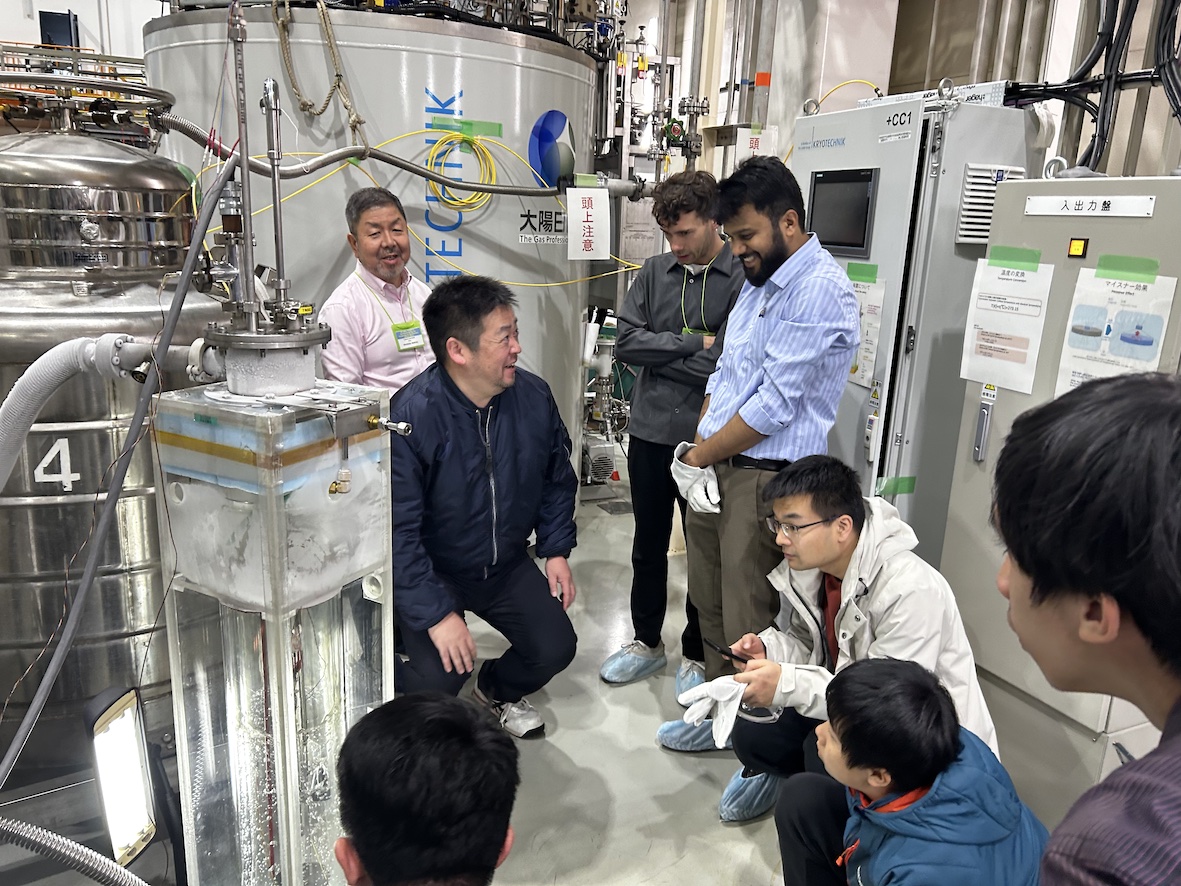
Direct observation of superfluid helium
Social events such as a welcome party, a banquet and an excursion were arranged in the program, in addition to lectures and hands-on trainings, to encourage in the human interactions among the attendees and lecturers. As the school excursion, we visited Nikko Toshogu Shrine, Lake Chuzenji and Kegon Falls by a chartered bus. It was a warm and nice day for excursion, though it had been anxious about snowfalls and coldness because of Nikko in February. Since some attendees expected to see snowfalls, it was disappointing situation for them in this sense. The shine was so crowded to look around, and it seemed that the assigned time for sightseeing of the shine was so short for the attendees.
This school could provide a good opportunity for young researchers, engineers, and undergraduate and graduate students from Asian countries to establish their international human network, and also to deepen the human interaction among the attendees and lecturers. KEK accomplished its international role to offer such opportunity and place. The attendees to this school can be expected to contribute the development of regional or international superconducting accelerators in the future. The sixth school will be held at Institute of High Energy Physics, Chinese Academy of Science in Beijing, China in March 2025.
The Fifth Asian School on Superconductivity and Cryogenics for Accelerators was fully supported bythe International and Inter-Institution Network for Accelerator Science to Next Generation (IINAS-NX), KEK. Supports and cooperation of KEK IINAS-NX Office and the KEK staffs are greatly appreciated.

